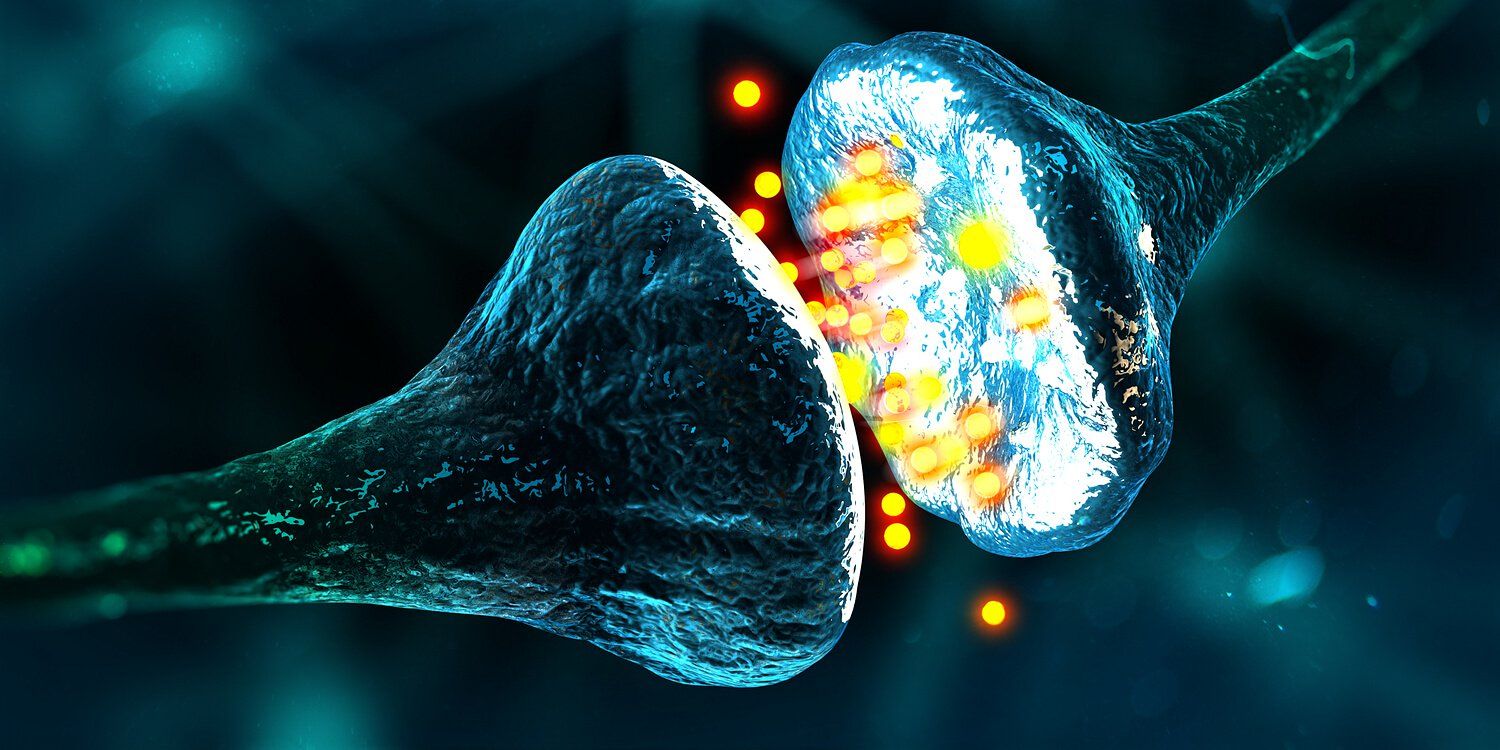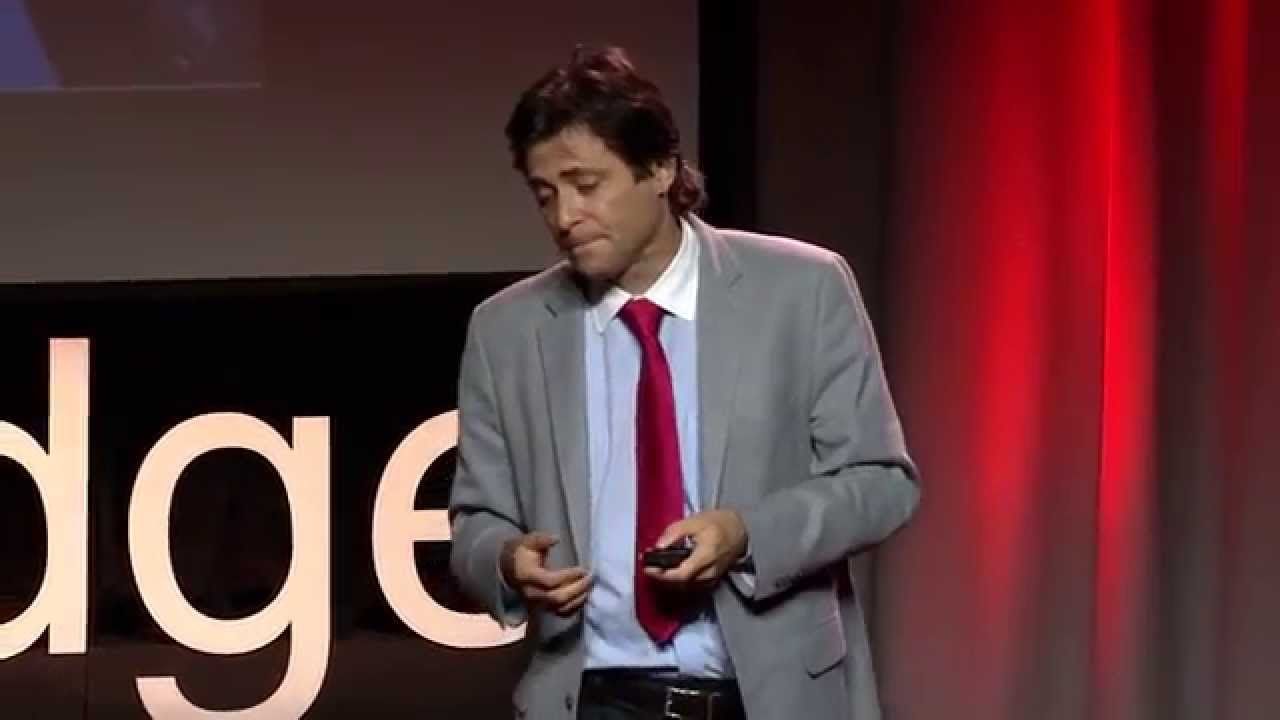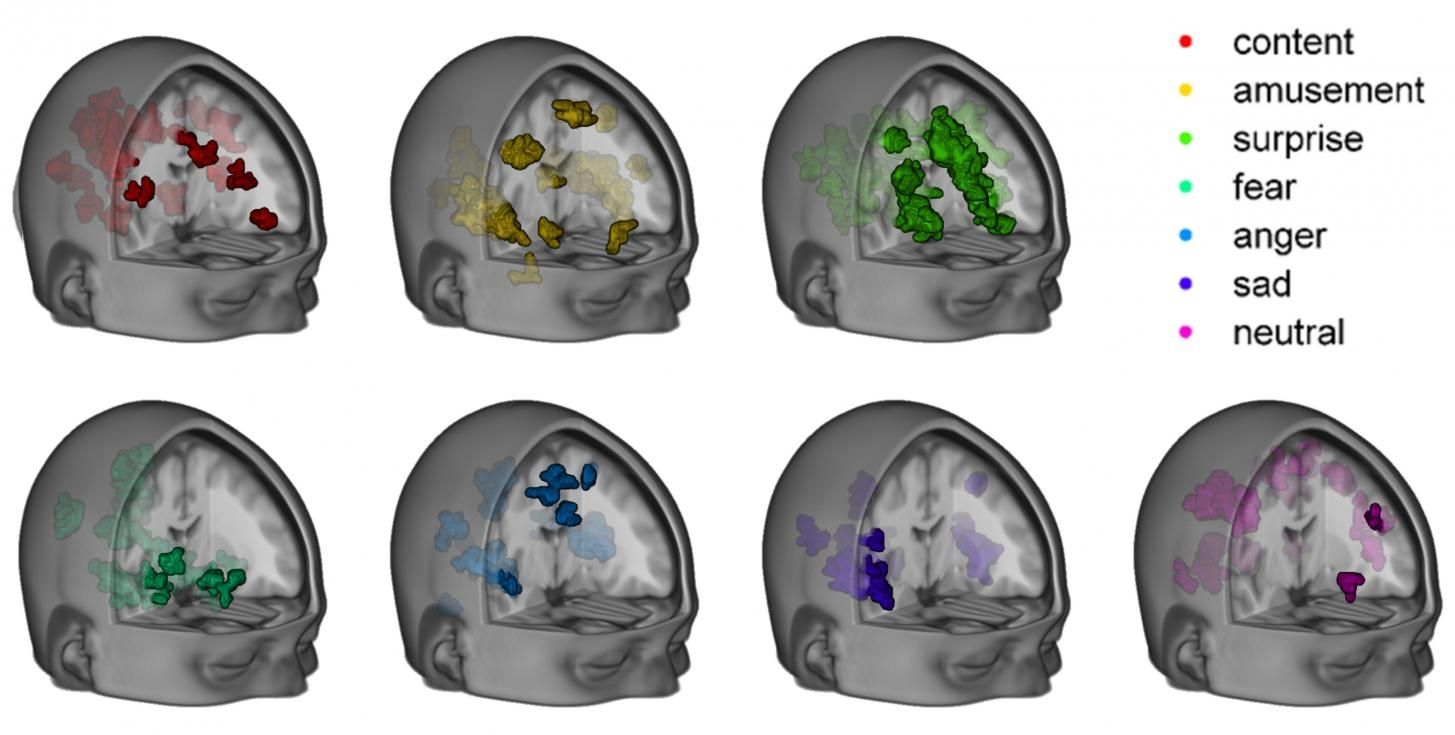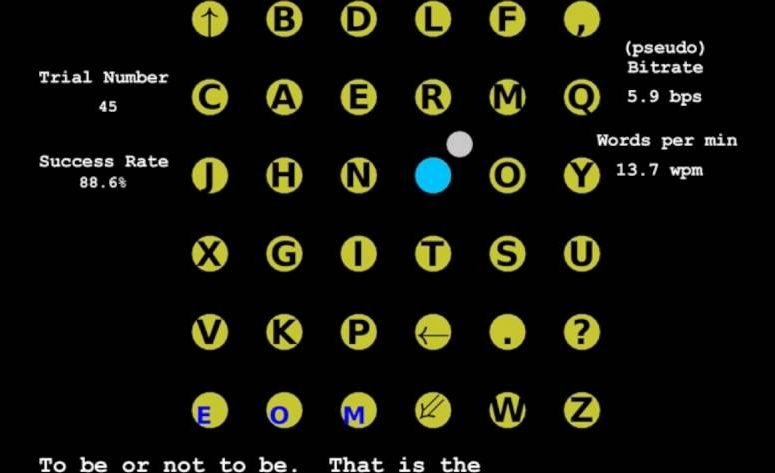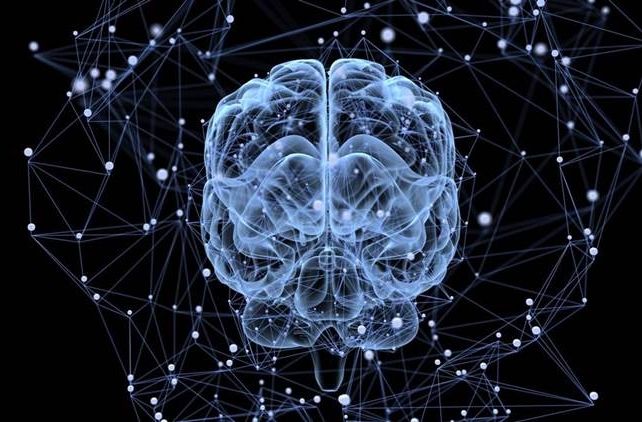This is wild: a team of Israeli scientists developed a contraption that uses a person’s brain waves to remotely control DNA-based nanorobots — while the nanobots were inside a living cockroach. When prompted by a human thought, the clam shell-like robots opened up, revealing a drug-like molecule that tweaked the physiology of the cockroach’s cells.
Though “merely a demonstration and proof of concept,” the technology represents a new era of brain-nanomachine interfaces that links a person’s mental state to bioactive payloads such as drugs. Future techniques that build upon this prototype could be helpful for schizophrenia, depression or other mental disorders, in that the drugs only activate when a patient’s brain waves show signs of abnormality.
Talk about the power of positive thinking!
